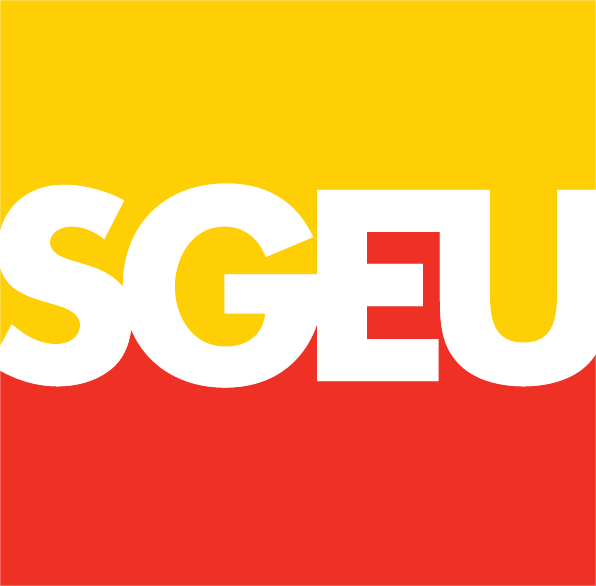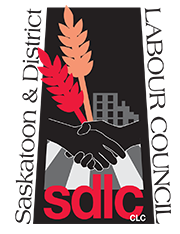On November 16, 1979, Saskatchewan labour history was made when 12,000 public employees, members from the Saskatchewan Government Employees’ Association (SGEA, now the Saskatchewan Government and General Employees’ Union), staged the province’s largest and longest public-sector strike of its time. The four-week walkout would transform SGEA from a social club and lobby group into a modern, influential trade union.
Saskatchewan was the first province in Canada to grant public employees the right to form unions, strike, and require their employer to bargain in good faith, thanks to the 1944 Trade Union Act passed by the Co-operative Commonwealth Federation (CCF) government. However, despite these rights, it wasn’t until the mid-1970s that public employees exercised their right to strike, driven by longstanding issues such as poor working conditions, extended hours, and low wages.
By 1979, frustration among the public employees reached its peak, and government stubbornness led to a strike vote. Younger, more vocal members who had come of age during the social movements of the 1960s pushed for change, challenging the Association’s leadership. Overwhelmingly, SGEA members walked off the job and maintained their resolve throughout the cold, winter months.
The strike gained widespread attention and solidarity within the membership, but a sudden turn of events brought it to an abrupt end. A small group of SGEA members convinced a Provincial Court judge to declare the strike illegal, arguing that while a majority had voted for action, fewer than 50% of the entire membership had supported the strike. SGEA members returned to work, but the strike had already yielded significantly gains, such as the introduction of earned days off.
The Day of Protest – A Show of Strength
Following the strike’s sudden end, a Saskatchewan Day of Protest was called for November 29, 1979, coinciding with the opening of the Legislative Assembly. Members from across the province gathered in Regina, where over 4,000 unionists set up a massive picket line around the Legislative Building. The day became a powerful display of solidarity, with spirit chants of “We want a contract” and union songs filing the air.
The protest was a defining moment, demonstrating to the government and the public the unity and determination of the SGEA membership. Despite harsh weathers, government pressure, and media skepticism, 95% of members remained on strike, determined to win a fair agreement.
This moment in labour history cemented the strength of Saskatchewan’s public employees and laid the groundwork for future negotiations and advocacy efforts. The Day of Protest was not only a rallying cry for fair treatment but also a demonstration of the enduring power of collective action.
Source: Doug Taylor (1984). For Dignity, Equality and Justice, A History of The Saskatchewan Government Employees’ Union.





